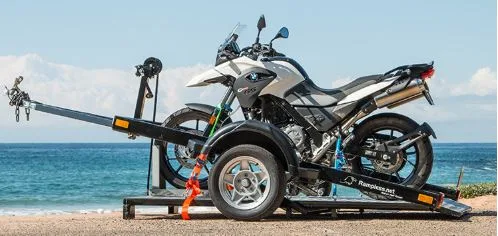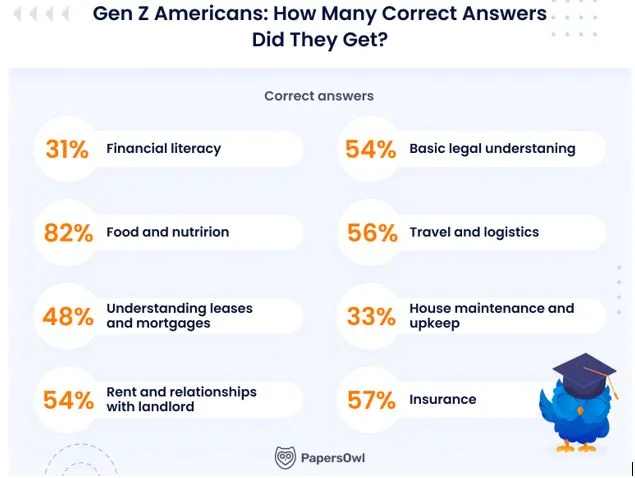How to Use Ground-Level Motorcycle Haulers
Whether you’re transporting your motorcycle across town or cross-country, one of the safest and most convenient ways to do it is with a ground-level motorcycle hauler. Unlike traditional trailers that require cumbersome ramps and risky incline loading, ground-level haulers make the process faster, safer, and much more efficient—especially for solo riders.
In this comprehensive guide, we’ll walk you through what ground-level motorcycle haulers are, how they work, the step-by-step process of using one, and essential safety tips to ensure your motorcycle reaches its destination securely.
What Are Ground-Level Motorcycle Haulers?
Ground-level motorcycle haulers are specialized trailers or transport systems designed to make loading and unloading motorcycles simpler by lowering the platform to ground height. Once the motorcycle is loaded, the platform lifts or tilts back to travel mode.
These haulers are increasingly popular for their ease of use, safety features, and compatibility with a wide range of motorcycle types, from sport bikes to cruisers and touring models.
Key Features:
- Hydraulic or manual lowering systems
- Wheel chocks and tie-down anchors
- Anti-tilt stability
- Compatibility with standard hitch receivers
They eliminate the need for high-angle ramps, which reduces the risk of motorcycle tip-overs during loading.
Why Use a Ground-Level Motorcycle Hauler?
Here are some benefits that make ground-level motorcycle haulers a preferred choice among riders:
- Increased Safety
Loading a motorcycle up a ramp involves a steep incline that can easily cause a fall or drop. Ground-level haulers reduce that risk by allowing the bike to be loaded at flat ground height.
- Easier for One-Person Use
Solo riders often struggle with balancing and pushing a bike up a ramp. With a ground-level system, you can walk the bike onto the hauler and secure it without assistance.
- Reduced Strain
Because you don’t have to push the bike uphill or lift it into a truck bed, the physical strain is minimized—making these haulers ideal for older riders or those with physical limitations.
- Quick Setup
Most systems are ready to use within minutes. No fiddling with detachable ramps, complicated lift mechanisms, or makeshift tie-down points.
How to Use a Ground-Level Motorcycle Hauler
Using a ground-level motorcycle hauler is straightforward. Here’s a step-by-step guide:
Step 1: Park on a Level Surface
Always begin by parking the hauler and tow vehicle on a level, solid surface. This provides the stability needed for safe loading.
Step 2: Lower the Hauler Platform
Depending on the model, lower the hauler using either a manual crank, electric motor, or hydraulic lever. Ensure the platform is fully grounded and locked in place.
Step 3: Align Your Motorcycle
Bring your motorcycle into position, aligning it directly with the centerline of the hauler. Use the built-in wheel chock if available to keep the bike upright during initial positioning.
Step 4: Roll the Bike Onto the Platform
Gently push or ride the motorcycle onto the hauler. If you’re alone, it’s often easier to walk the bike up using the handlebars while applying slight rear brake control. Make sure the front wheel is properly seated in the chock.
Step 5: Secure the Motorcycle
Use quality ratchet straps or tie-downs at all four corners—two at the front and two at the rear. Connect straps to the bike’s frame or triple tree, never the handlebars or mirrors. Tighten evenly to ensure the motorcycle stays upright and centered.
Step 6: Raise the Platform
Once the motorcycle is secured, use the lift mechanism to raise the hauler back into transport position. Ensure it locks in place securely.
Step 7: Do a Final Safety Check
Walk around the hauler to double-check:
- All straps are tight and secure
- The platform is fully raised and locked
- Lights and signals on the trailer are working
- Hitch and safety chains are properly connected
Best Practices for Safe Transport
Even with a ground-level hauler, a few extra safety measures go a long way in protecting your bike and other motorists on the road.
- Invest in High-Quality Tie-Downs
Cheap straps can snap under load or loosen over time. Use 1,500+ lb. rated ratchet straps or cam buckle tie-downs with soft loops to avoid damaging your bike’s finish.
- Check Load Frequently
During long trips, stop every 50–100 miles to check that the bike hasn’t shifted and that all tie-downs remain tight.
- Balance the Load
Even if you’re transporting a single bike, make sure it’s centered and the weight is evenly distributed to avoid swaying.
- Practice Before You Tow
If you’re new to towing, do a few practice runs in an empty parking lot to get used to turning, braking, and backing up with the hauler attached.
- Know the Towing Capacity
Before you hitch up, confirm that your vehicle is rated to tow the combined weight of the hauler and motorcycle.
Common Types of Ground-Level Motorcycle Haulers
There are several designs available, depending on your needs and budget:
- Hydraulic Lift Haulers
These use a pressurized hydraulic system to lift the bike smoothly. They’re among the easiest to use but tend to be more expensive.
- Ramp-Free Tilt-Deck Haulers
These tilt downward using gravity and are then leveled once loaded. They’re affordable and simple but may require more effort to operate solo.
- Electric-Powered Lift Platforms
Operated via a motorized winch or battery-powered lift, these haulers are ideal for those who prefer a push-button solution.
- Multi-Motorcycle Haulers
Great for shops or riders transporting two or more bikes. These models often come with extended platforms and multiple wheel chocks.
When to Use a Ground-Level Hauler Over Other Options
Ground-level motorcycle haulers may not be the best option for every scenario, but they shine in the following use cases:
- Routine maintenance trips to the shop
- Track day events or competitions
- Moving across the country
- Snowbird seasonal travel
- Assisting stranded riders or damaged bikes
They’re especially beneficial when frequent loading and unloading is expected.
Tips for Choosing the Right Motorcycle Hauler
Before buying or renting a hauler, consider the following:
- Motorcycle Type & Weight
Make sure the hauler can support your bike’s weight and dimensions.
- Vehicle Compatibility
Verify that your vehicle has the proper hitch class and towing capacity.
- Storage Needs
Do you have space to store the hauler when not in use? Some models fold or stand upright for compact storage.
- Ease of Operation
Look for haulers that match your physical abilities and frequency of use—hydraulic or electric lifts are best for those needing convenience.
Final Thoughts
Motorcycle haulers are essential tools for riders who value safety, efficiency, and ease of use—especially when traveling solo or covering long distances. Ground-level haulers, in particular, offer a game-changing alternative to traditional trailer setups by removing the risks associated with ramps and inclines.
Whether you ride a Harley, a dirt bike, or a high-performance sport bike, knowing how to properly use a ground-level hauler will not only protect your investment but also give you peace of mind every time you hit the road.
For the modern rider, it’s not just about getting there—it’s about doing it safely, smartly, and confidently.






